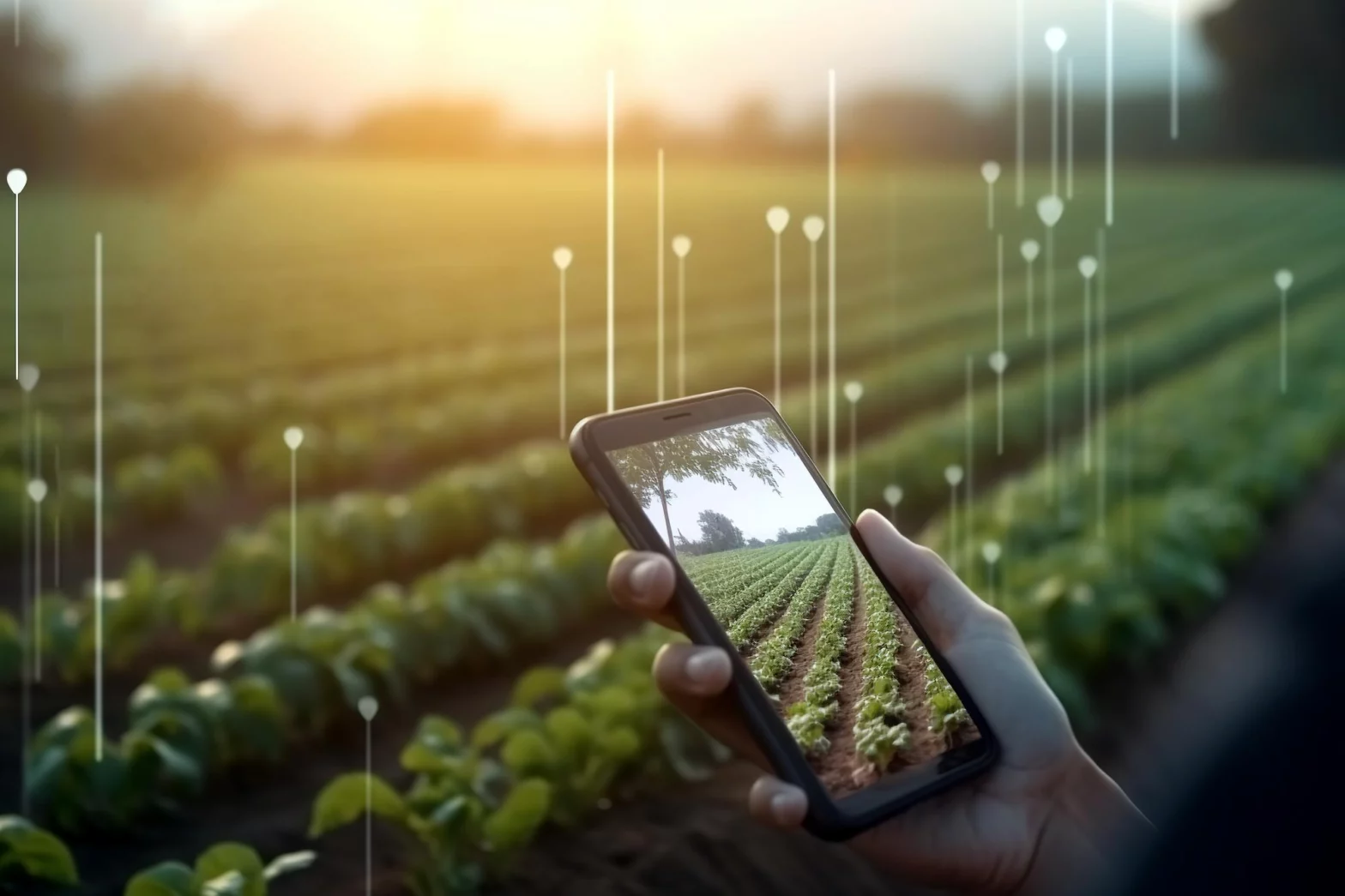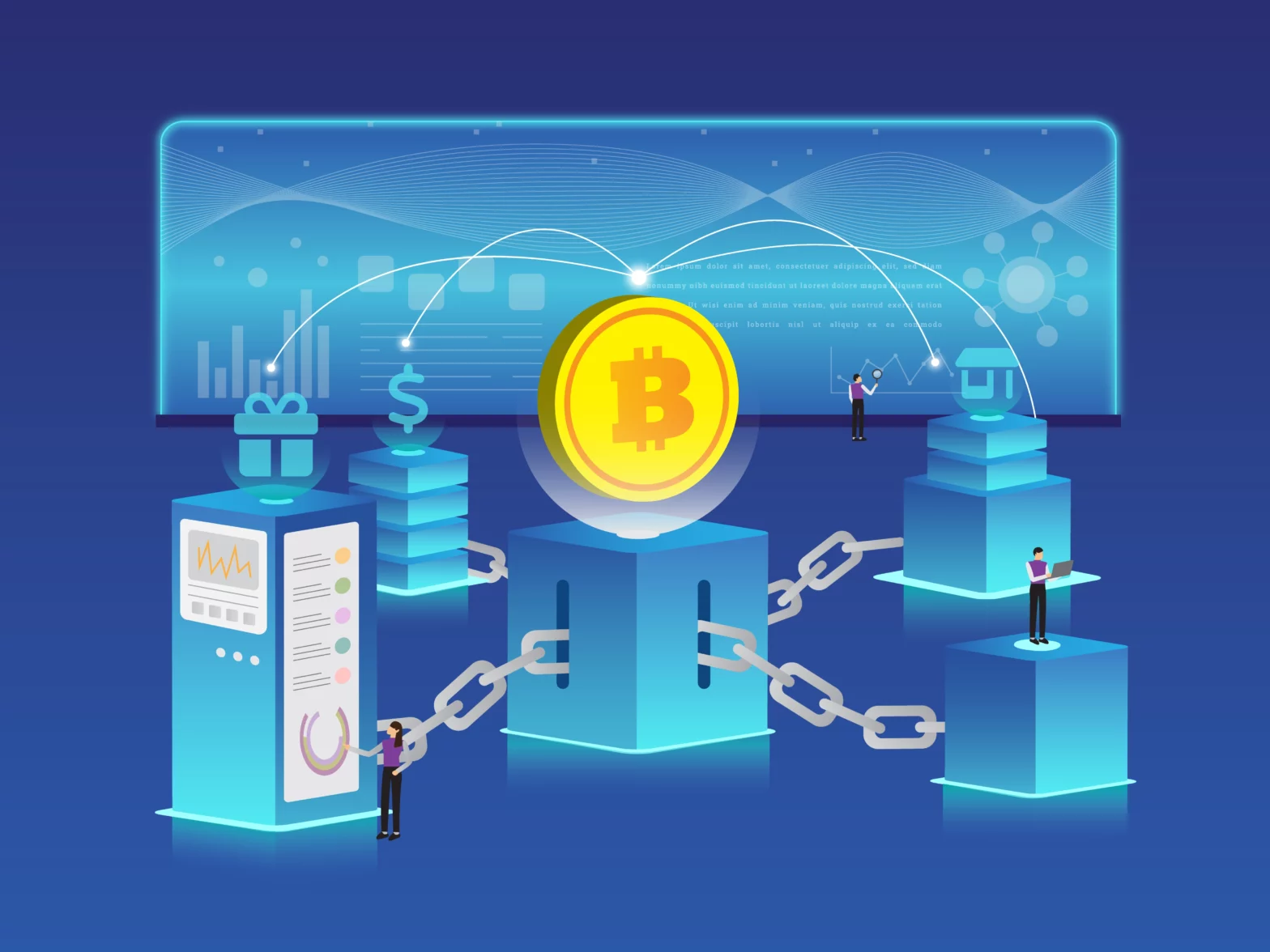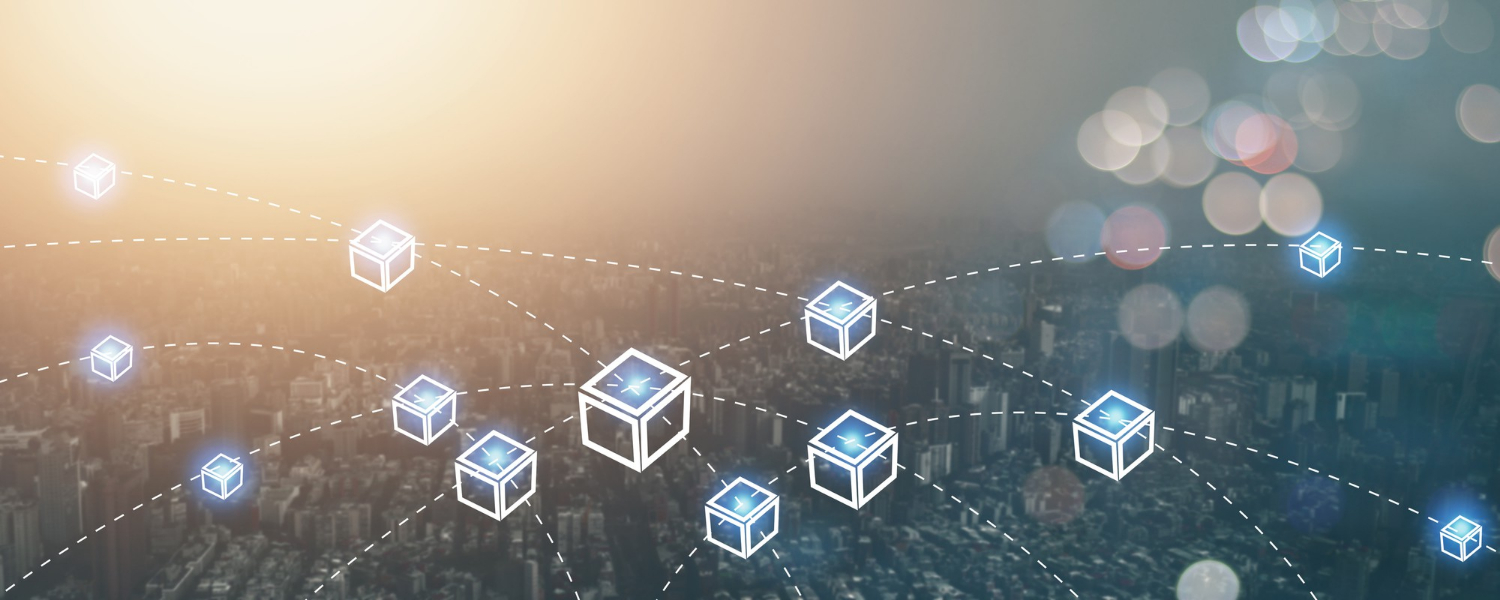Introduction
Every sector of the economy, including retail, is going through a digital transformation. The digital transformation in many different industries has been fueled and enhanced by technologies like artificial intelligence, big data, machine learning, and the internet of things. This article focuses on the Internet of Things (IoT) and aims to give readers a thorough understanding of how it is changing the retail industry. As more and more retail-related businesses adopt IoT technology to enhance a variety of products and services, from warehousing and equipment maintenance to supply chain management and, of course, shopping itself, the market for IoT-enabled retail could be worth $94 billion by 2025.
IoT technology can be applied in a variety of ways in the retail sector. Retailers can use it to enhance retail operations, track inventory, maintain product aisles, track electricity consumption, manage in-store navigation, and make it more secure.
Benefits of IoT in retail
Improved supply chain management: Supply chain management is improved because each item is identified and examined, which allows RFID and GPS technology to significantly improve logistics management.
Reduced fraud: The Internet of Things (IoT)-powered biometrics provide businesses with enormous amounts of verifiable facts that enable them to track goods and delivery activities, reducing burglary.
Inventory management: Inventory and warehouse management in retail benefit from IoT. You can keep track of where each of your products is in the warehouse and inventory as well as stay up to date on their availability.
Challenges and solutions
- Infrastructure
Problem:
Large volumes of IoT data require networks and infrastructure that are sorely missing in most retailers. Merchants would require a strong network, cloud solutions, and end-user solutions like barcode scanners, and nft tags, in order to digitize their retail stores. All of those things would cost a lot of money to purchase.
Solutions:
All of these things demand sizable financial outlays. The answer is that, when implementing a new technology, there is no need to invest in infrastructure all at once. Companies could start with small infrastructure adjustments that will have a quicker return on investment, such as using IoT to control the lighting or the air conditioning. You can gradually develop more advanced IoT solutions.
- Data management
Problem: Due to a lack of expertise, retailers face a significant challenge in timely real-time data communication and management. In general, companies struggle because of a lack of technical and analytical skills needed to collect and store the vast amounts of data generated by IoT for insightful information. In order to make sense of the vast amounts of data generated by IoT, significant technical and analytical expertise is required.
Solution: Retail businesses can utilize third parties with the necessary IoT qualifications and experience to take over data management processes, or they can recruit technical experts in those fields. Retailers have a chance to make their IoT investment profitable while gaining an advantage in the marketplace by avoiding those difficulties.
- Security
Problem: The Internet of Things (IoT) technology is still in its infancy and needs constant attention and development. There are some areas where retail’s digital transformation is still working to get better. Although IoT security has been developed effectively, customers still have concerns about its security. The use of connected devices for making purchases is still restricted by a number of data privacy issues.
Solution: Retailers should collaborate closely with IoT software developers to ensure that the devices and sensors they use are built with robust cybersecurity mechanisms, including fundamentals like strong password as well as more advanced security infrastructure like end-to-end encryption, routine software updates, and an IT infrastructure that constantly analyses bugs and flaws.
The challenges are compelling, but the benefits are greater. Retailers need to start with one effective strategy in order to overcome operational downturn or income stream concerns. Prior to tackling larger projects focused on the in-store experience, it is ideal to start with smaller projects with a focus on inventory control and clarity, accompanied by the automation of organizational functions.
Conclusion
Implementing IoT solutions can give retailers useful insights. Such solutions can enhance profits while facilitating simplified customer experiences. Retailers are digitizing concrete block stores with traditional IoT solutions, resulting in a huge ROI from enhanced supply efficiency, increased marketing conversions, and more. Therefore, it is obvious that IoT-enabled technologies have the potential to enhance customer service and boost brand loyalty.
Due to the capabilities offered by IoT devices, some businesses will experience exponential growth as more participate. You’ll need a trustworthy and consistent software provider, like MSRvantage, to create an efficient IoT system. If you’re considering implementing IoT technology for your retail store, get in touch with MSRvantage, and we’ll give you a free consultation on the best applications for IoT technology!
Recent posts


Cultivating Sustainability: The Role of Traceability Solutions in Revolutionizing Agriculture Practices
In an era where the global population is on the rise and environmental concerns are at the forefront of discussions, the need for sustainable agricultural
Read more 


Transforming Mining: Risk Mitigation with Blockchain Technology
The mining industry is essential to modern life, providing the raw materials for everything from smartphones to infrastructure projects. However, it's also known for its
Read more 


The Power of Supply Chain Mapping Using Blockchain in Mining
The mining industry is a complex and critical sector that forms the backbone of many global supply chains. It encompasses the extraction, transportation, and processing




